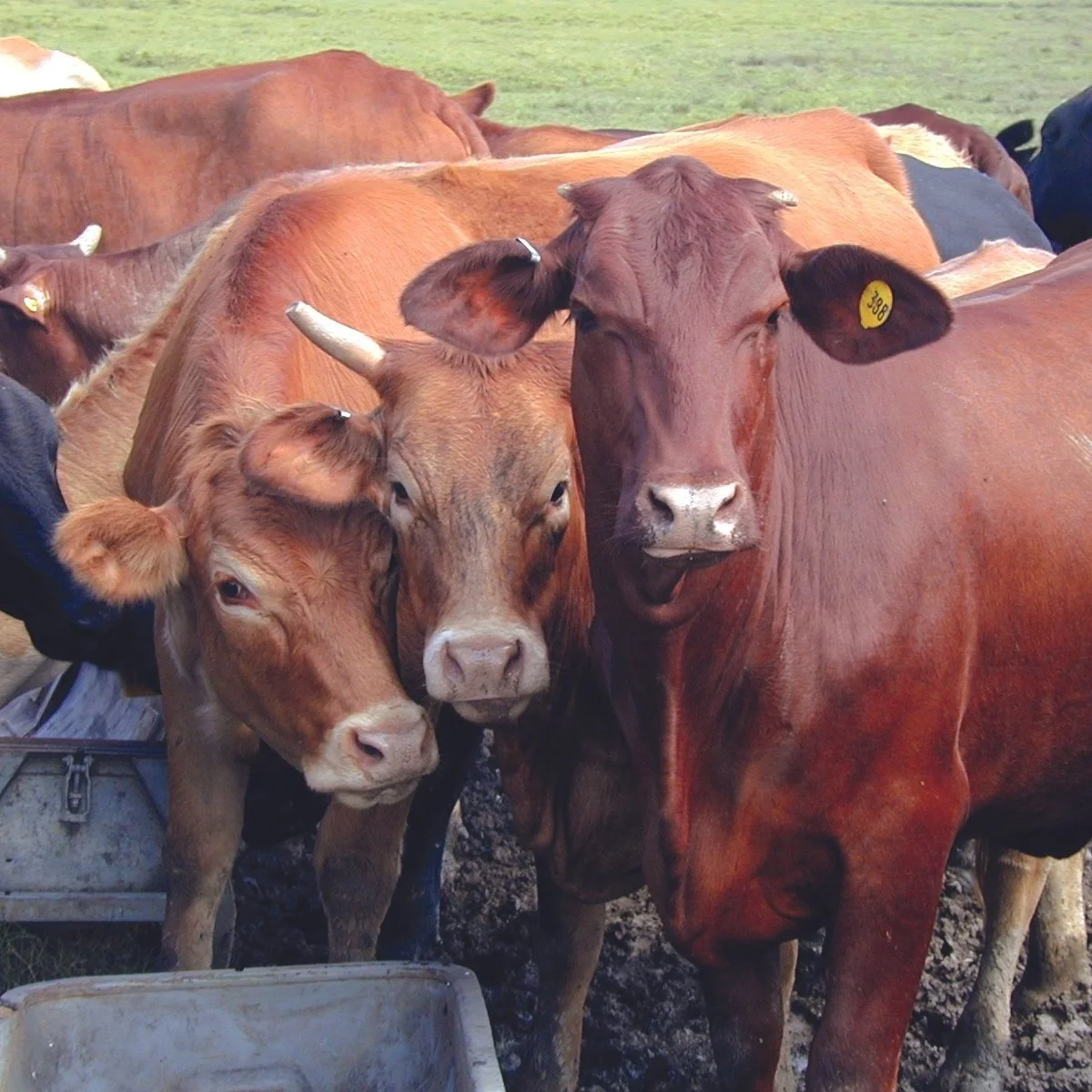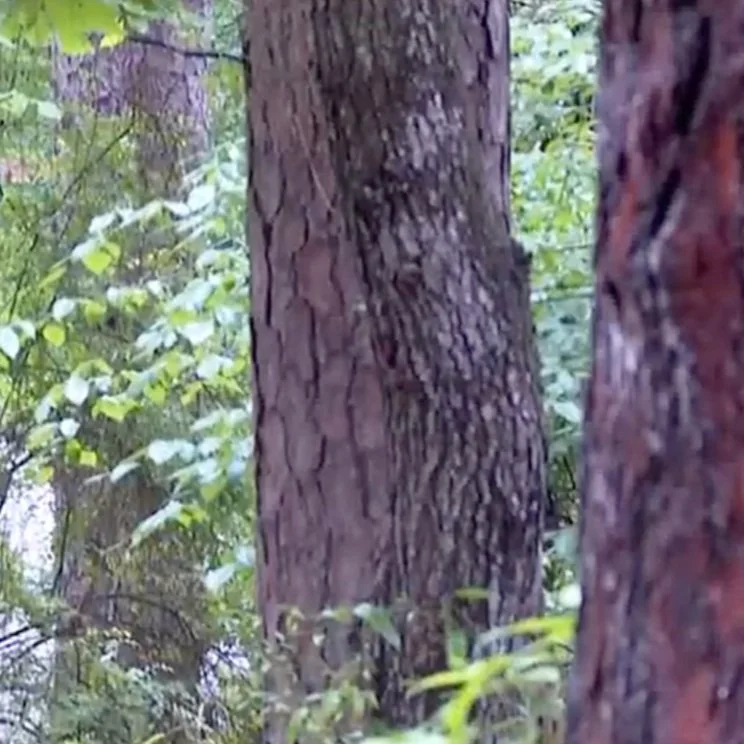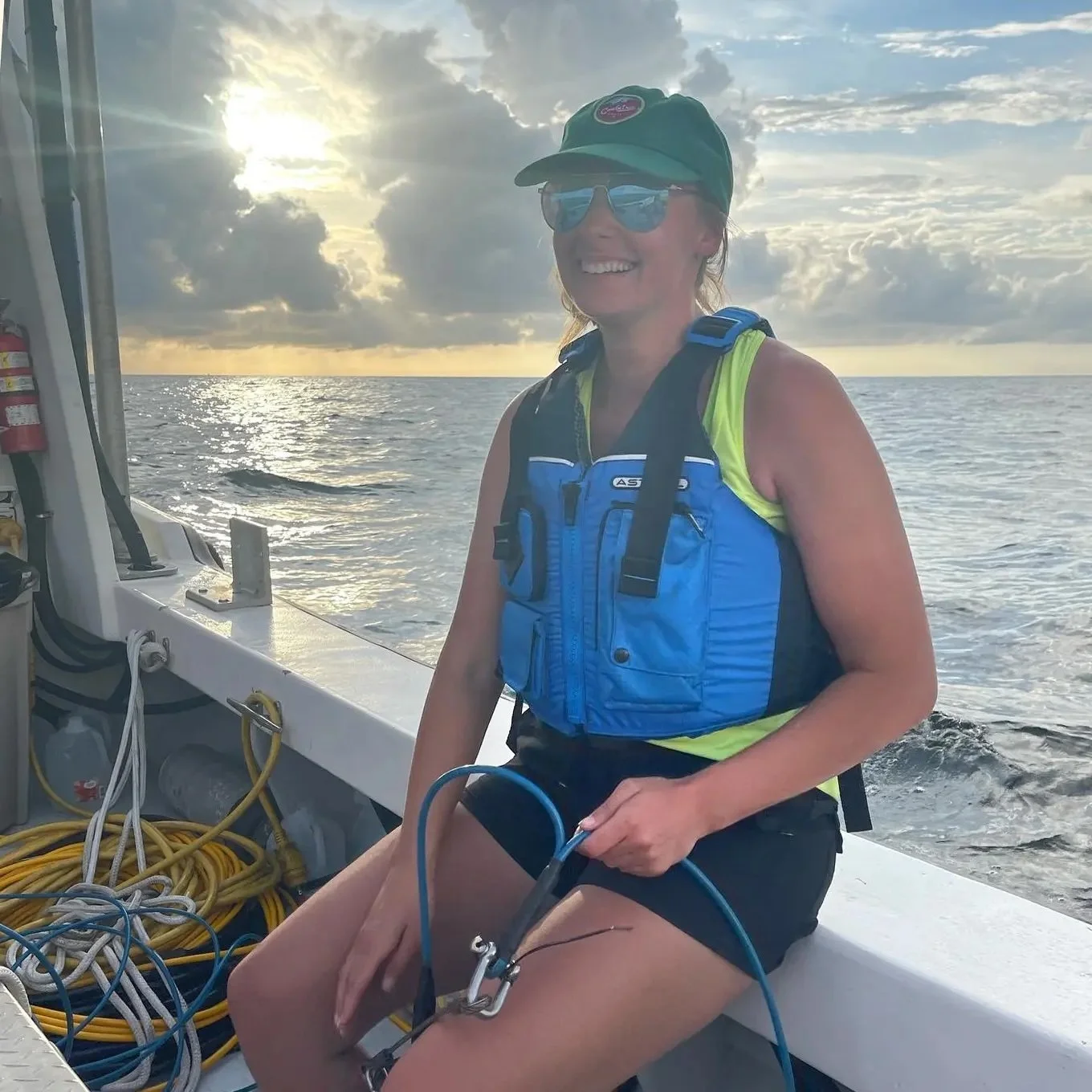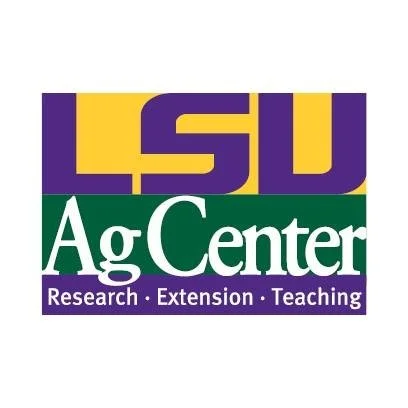On Wednesday, July 10, at 4 p.m. the LSU School of Veterinary Medicine will reveal its spectacular new Food Animal Service area in the large animal hospital attached to the LSU Vet Med building on Skip Bertman Drive in Baton Rouge during a ceremony celebrating this state-of-the-art facility. This $4.125 million renovation began in October 2022. More than 9,000 square feet of space was renovated, and another 3,875 square feet were added.
Read MoreThe LSU AgCenter Hammond Research Station will hold its annual horticulture field day July 19, allowing visitors the chance to tour trial gardens, learn about top-performing plants and hear experts speak about their research projects.
Registration will begin at 7:45 a.m. with coffee and refreshments. The program will start at 8:30 a.m. with remarks from AgCenter administrators. Mike Strain, commissioner of the Louisiana Department of Agriculture and Forestry, will then give a state-of-the-industry update.
Read MoreJay Grymes, chief meteorologist for WAFB-TV and interim Louisiana state climatologist since February, has been named the permanent state climatologist, effective Aug. 1.
Grymes recently announced he is retiring from WAFB this month after nearly 30 years with the station and joining the Governor’s Office of Homeland Security and Emergency Preparedness, or GOHSEP, to assist the state with emergency response and mitigation. In addition, as the state climatologist, he will direct the operations of the Louisiana Office of State Climatology, housed at LSU.
Read MoreIn the coming days, the state’s House Emergency Beetle Subcommittee of the House Committee on Agriculture is scheduled to host its first meeting at the state capitol. The panel is set to convene on July 9, and will address the devastation of Louisiana’s forest industry due to an infestation of beetles.
In 2023, the LSU Agriculture Center reported that 50,000 acres of forests in the state were burned due to wildfires last summer, costing $71.4 million.
Read MoreThe LSU AgCenter will hold its sugarcane field day Wednesday, July 17, at the Sugar Research Station in St. Gabriel.
The day will begin with a field tour covering multiple topics from AgCenter specialists.
Read MoreThe ancient underwater forest about eight miles off the coast of Gulf Shores, Alabama, is known as a time capsule from the last ice age—and for the first time, researchers understand why. Chemical and pollen analyses found the bald cypress trees were buried in sediment from swamp and marsh ecosystems, like those in southeastern United States today. Such low-oxygen environments helped preserve the wood, which is more than 60,000 years old and grew on land at a time when sea levels were much lower than they are today.
Read MoreA group of high school students and teachers from Baton Rouge recently wrapped up a two-week camp that had them exploring crop fields, laboratories and research stations alongside LSU AgCenter scientists.
Six students and four teachers from Woodlawn High School, Baton Rouge Magnet High School and Arlington Preparatory Academy participated in the inaugural Camp CRISP from June 17 to 28.
Read MoreThe Louisiana 4-H Shooting Sports Team are once again reigning national champions after defeating competitors from across the United States.
The team has placed first in four out of the past five national competitions, including 2019, 2021 and 2023, with a second-place finish in 2022 and the 2020 event being canceled due to COVID restrictions.
Read MoreThe USDA recently released its annual Acreage Report which provides markets a more accurate idea of spring planting progress and what potential supply implications may be in store for the 2024 crop year. On the demand side, USDA also released its Quarterly Grain Stocks report which shows usage rates between March 1, 2024 and June 1, 2024. These changes in supply levels will impact 2023/24 ending stocks and 2024/25 beginning stock levels which will subsequently be reflected in the July World Agricultural Supply and Demand Estimates report.
Read MoreFor many 4-H’ers, coming to LSU to compete in a contest, attend an educational program or run for a statewide office is one of the highlights of their 4-H experience. And for many, this year did not disappoint.
Read MoreFor the 115th year, farmers gathered June 25 for the LSU AgCenter’s annual rice field day, where they heard updates on researchers’ efforts to breed higher-yielding varieties, develop pest management strategies and encourage beneficial agronomic practices.
Read MoreIt can be harvested up to 30 days sooner than other sweet potatoes. It is a high yielder and tastes great, though its skin is a shade lighter than the sweet potatoes many Louisianans are accustomed to.
It’s the LSU AgCenter’s newest sweet potato variety, Avoyelles — named for the parish where scientists initially saw its potential and a parish that has played a central role in the state’s sweet potato industry for decades.
Read MorePotassium deficiency symptoms in soybean first appear as irregular yellowing on the edges of K-deficient leaves, typically manifesting as early as the V3 vegetative stage (three trifoliolate leaves), primarily on the lower older leaves (Figure 1). In severe K-deficient soils, symptoms often appear on the upper younger leaves during the reproductive stages (Figure 2). Early-season K deficiency symptoms are relatively easy to diagnose and manage. However, many soybean fields experience K deficiency and consequent yield losses without displaying visible symptoms until the later reproductive growth stages (beginning seed, R5 to full-seed, R6).
Read MoreLouisiana is one of the most vulnerable U.S. states to extreme weather events due to its high frequency of natural disasters. Of these disasters, drought is the most expensive risk to Louisiana agriculture, accounting for 95% of projected crop losses by 2050.
Read MoreThe Louisiana climate is heavily influenced by the Gulf of Mexico and the subtropical climate that we share with the four other Gulf Coast states. Of those Gulf Coast states, we are on average the wettest. That rain is a big component of why we call Louisiana Sportsman's Paradise, and the abundance of water that creates a green environment is a monster contributor to Louisiana agriculture.
Read More














